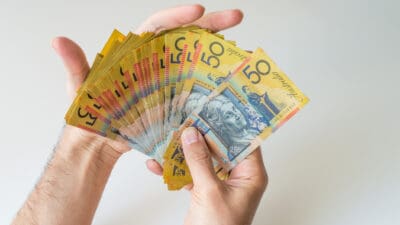Over the last few years, there have been several sizeable pullbacks on the Australian share market. The most notable was of course at the height of the pandemic, when ASX shares crashed to multi-year lows. If you were lucky enough to buy ASX shares at the bottom, you would have done incredibly well for yourself.
However, knowing when a share market has hit its bottom is impossible. It is the same for individual ASX shares that periodically pull back from time to time.
But the good news is that it doesn't really matter if you don't buy at the bottom.
Why you don't need to buy ASX shares at the bottom
While buying at the very bottom would of course be very welcome, just being "about right" should be enough.
For example, Webjet Limited (ASX: WEB) shares were trading as low as $2.50 in April 2020.
But even if you had sat on the fence for several months and jumped in at $3.50 in August, you would have still more than doubled your money if you had held on until today. That's despite buying in well after the bottom was reached.
There are countless other ASX shares that you could have done similar with. So, investors need not worry if they think that they've missed the bottom, there's still potential for huge returns even if you're late to the party.
Another investment tactic
Another option available to investors is dollar-cost averaging, which involves buying a fixed amount of ASX shares at regular intervals.
Following this strategy means you will acquire more shares when prices are low and fewer when they are high. This is likely to lead to your purchase price being lower on average.
And the best thing about it is that you never have to try to perfectly time an investment. Pressure off! You can relax with the knowledge that you'll be getting a fair price for your investments.









